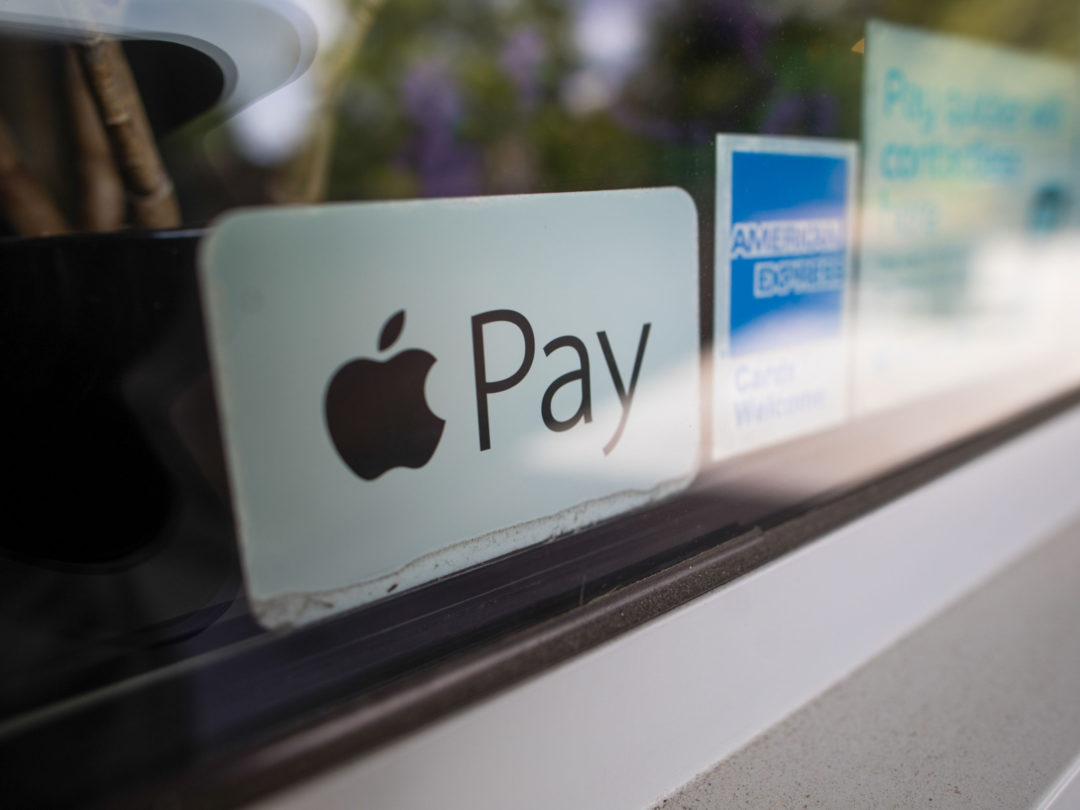
Retail has never been easy, but the past couple of years have brought incredible disruption to the sector. First it was COVID-19 and the need for contactless transactions. Now, as the pandemic drags on, retailers face serious supply chain problems and labor shortages.
While the current challenges will eventually subside, one thing that won't change is the way in which customer expectations have evolved. The line between digital and in-store experiences continues to blur, and shoppers expect to interact with sellers through multiple channels, including social media, websites, apps, phone, chat, and physical stores. Marketing research by Think With Google shows that omnichannel strategies drive 80% of in-store visits, and 74% of customers look online before they go to a physical store.
All of this means that retailers must create great experiences for both customers and employees to meet today's challenges.
Merging Digital and Physical
Developing an omnichannel strategy doesn't mean attempting to mirror online and in-store. It's about creating a consistent hybrid experience with product information, marketing tactics, and brand messaging across all channels.
In-store experiences should enhance digital. There are things you can offer in person that you can't online — like the instant gratification of getting what you buy then and there, the tangible experience of touching and trying on products, and the benefits of interacting face-to-face with a knowledgeable salesperson.
Customers expect experiences to be seamless, so make sure they have the ability to interact and purchase in the ways they want to. Getting it right is important. Recent PwC research found that one in three customers will dump a brand after just one negative experience. It jumps to 92% if they have two or three negative interactions.
You can help ensure customers have a good experience by making in-store shopping as easy to navigate as your online offerings. That includes store maps that match digital so people can quickly find the product they're searching for when they come in.
Inventory information should be accurate and updated in real time. There's new competition for products within stores when you have associates doing stock picking for buy online, pick up in store (BOPIS). With customers finding it challenging to get what they want in stores because of supply chain problems, it's critical they not be disappointed if they come in expecting to see an item in stock and it's not there.
Checkout is frequently cited as the main friction point for shoppers. All it takes is a missing price tag or declined credit card to slow the line and cause frustration. Flexible checkout options such as self-checkout, in-store mobile checkout, and salespeople who can help people on the floor with mobile devices significantly improve customer experiences.
Tools to Succeed
There’s a lot of talk about the customer experience in retail, but the employee experience is very important too. With the current labor shortage, you need easy-to-use technology that will automate workflows wherever possible, and drive efficiency and productivity.
There are opportunities to do all of that when you consolidate devices. Many tools feature operating systems that employees already use in their private lives, such as Apple and Android, so the learning curve isn't steep. The same device can be used for inventory, BOPIS, customer engagement, and customer support.
Consolidating devices also drives down the total cost of ownership when you're not purchasing and maintaining multiple systems for different workflows.
Something else that comes with new technology is mounds of data. It can be parsed and employed to improve both customer and employee experiences while removing inefficiencies. At a macro level, data can be used to spot patterns and trends to better understand customer shopping habits and gain insights for attracting new consumers.
With the growing popularity of multi-use mobile devices in stores, new data becomes available. It can show how associates move around, where they help customers, what they're searching for, and what information they access the most.
Using that data can be as simple as counting the number of steps an associate takes to perform tasks, then rearranging a floor plan or grouping products together if they're frequently purchased in bundles. The opportunities are endless.
The pandemic accelerated the move toward mobile-first or mobile-only technology strategies in retail because they provide the nimbleness and efficiencies that companies need to drive productivity and meet customer expectations.
With the cost savings and improved end-user experiences that come with device consolidation, retailers will continue to look for new opportunities and applications to improve workflows, employee experiences, and customer service.
These are challenging times for retail, but a holistic mobile strategy can help satisfy hybrid shoppers and give companies an edge over competitors.
Dipesh Hinduja is mobile solution architect director of Stratix.







